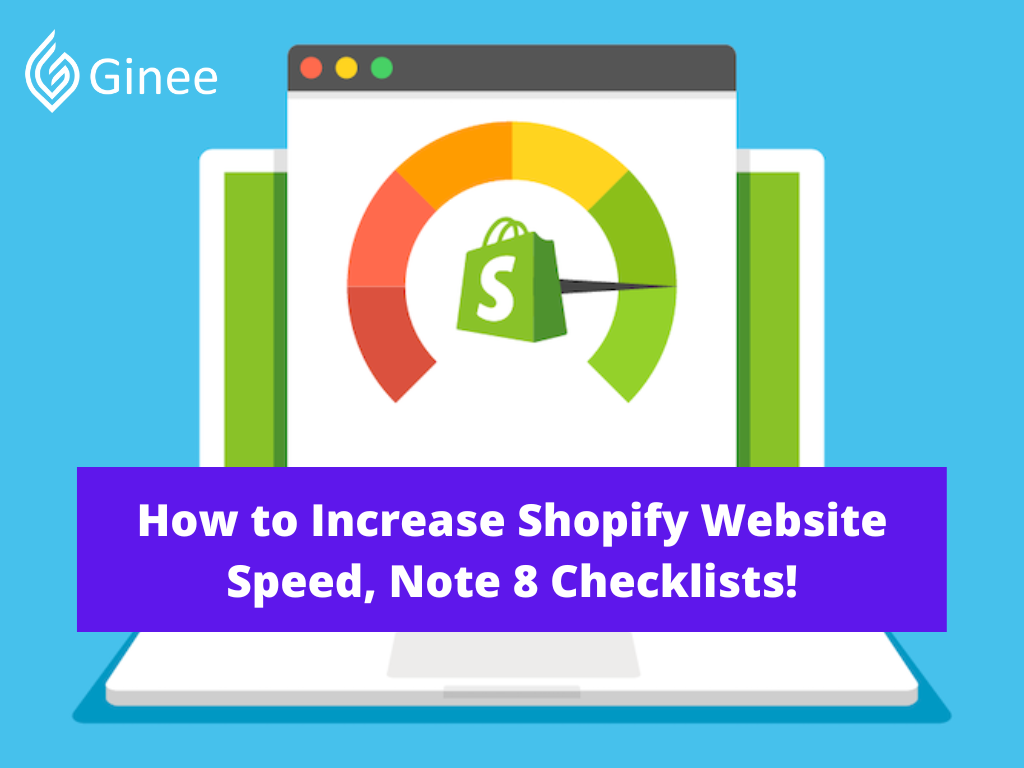
How to increase Shopify website speed? Shopify speed optimization is one of the utmost facets that Shopify store owners should take into account. A slow-loading website leads to a high bounce rate, low user engagement, less traffic, and thus, a diverse impact on your sales.
If your site speed and page performance are decent, they boost your site’s SEO, enhance the user experience (UX). After all, they advance your search engine rankings.
Your Selling Stock is Messing Up? You Need Help!
Ginee Omnichannel allow you to automatically sync every stock from all of your online stores. It’s faster way to helps you profit!
Top Quick Shopify Speed Optimization Checklist
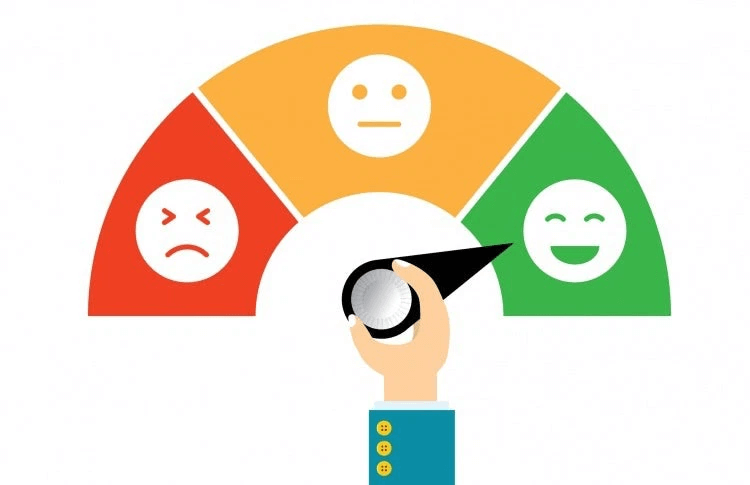
What is a good Shopify store speed? Here come 8 proven ways through which the loading time and speed of a Shopify store you can improve. These methods can help store owners to retain customers and attract new buyers by having a Shopify page speed optimization. Curious of how to improve site speed?
Optimize Images and Videos
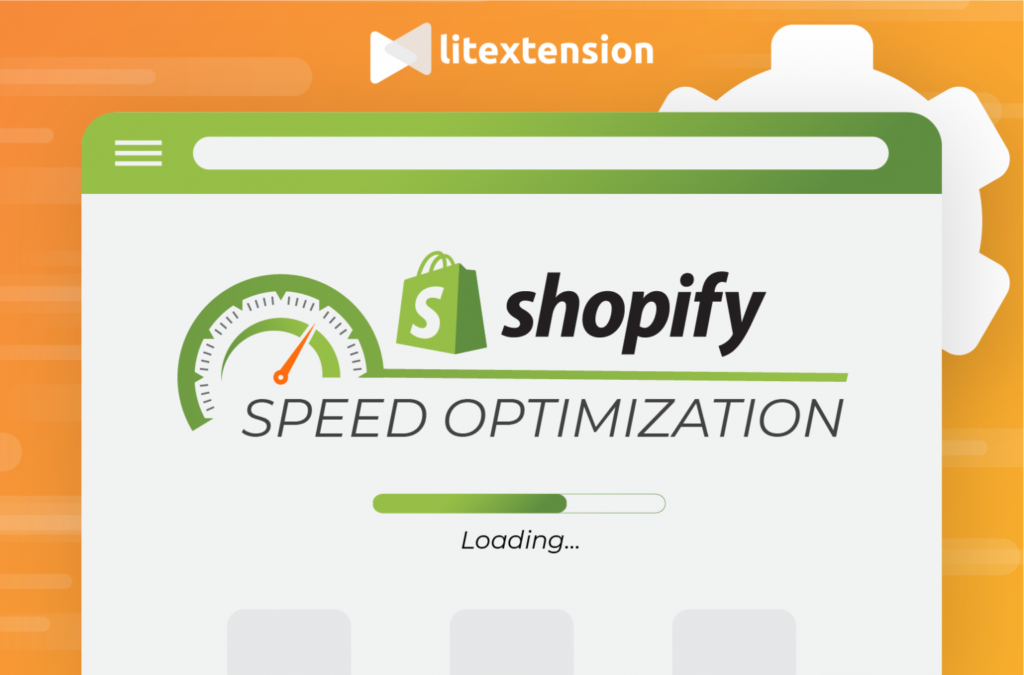
A large volume of unoptimized images and videos is frequently the most popular reason for website slowness.
Choose Proper Fonts
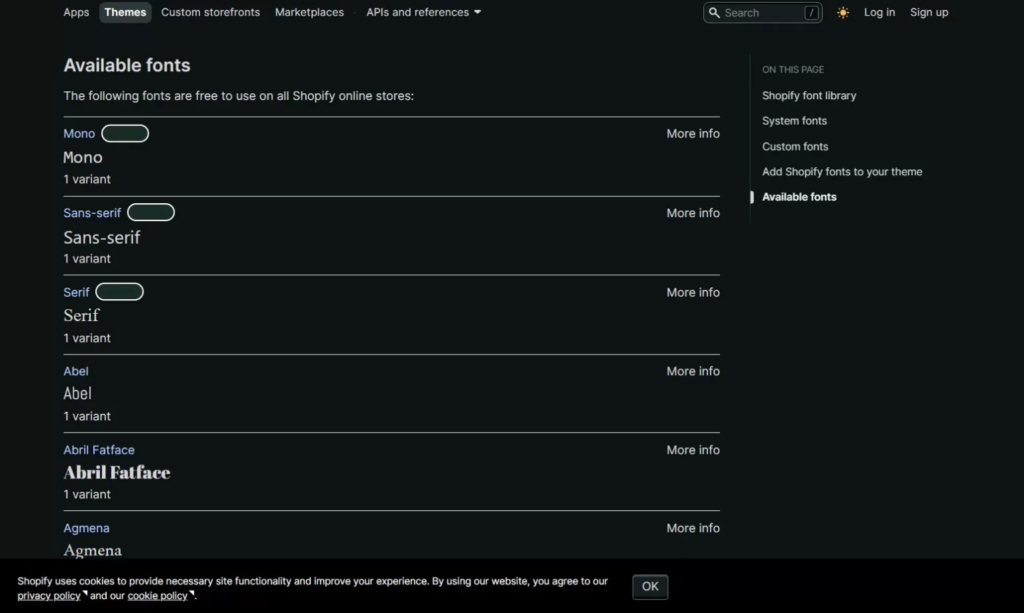
One of the most notable factors that you cannot exclude to conduct average Shopify store speed optimization is proper fonts. Shopify’s font library contains a collection of fonts such as system fonts, Google fonts, and licensed fonts from Monotype. All of these fonts are freely available to use on all Shopify online shops.
Be noticed that if you use fonts that do not exist on your customer’s computer, it would be irritating that your customer needs to download new fonts to have the text displayed.
In order to steer clear of downloading new fonts to your customer’s computer, you might want to think about using system fonts. A system font is known as a font that already existed on most computers.
There are a bunch of options you can choose such as mono, serif, or sans-serif families. Among these families, you can also use any of the font styles from which, like bold, and italic.
The typeface that appears on your customer’s computer is determined by the operating system they are using. When you choose a system font family, you can choose from a variety of typefaces to render text:
- Mono fonts: Menlo, Consolas, Monaco, Liberation Mono, or Lucida Console.
- Sans-serif fonts: BlinkMacSystemFont, Segoe UI, Roboto, Ubuntu, or Helvetica Neue.
- Serif fonts: Iowan Old Style, Apple Garamond, Baskerville, Times New Roman, Droid Serif, Times, or Source Serif Pro.
Remove Unnecessary Shopify Apps
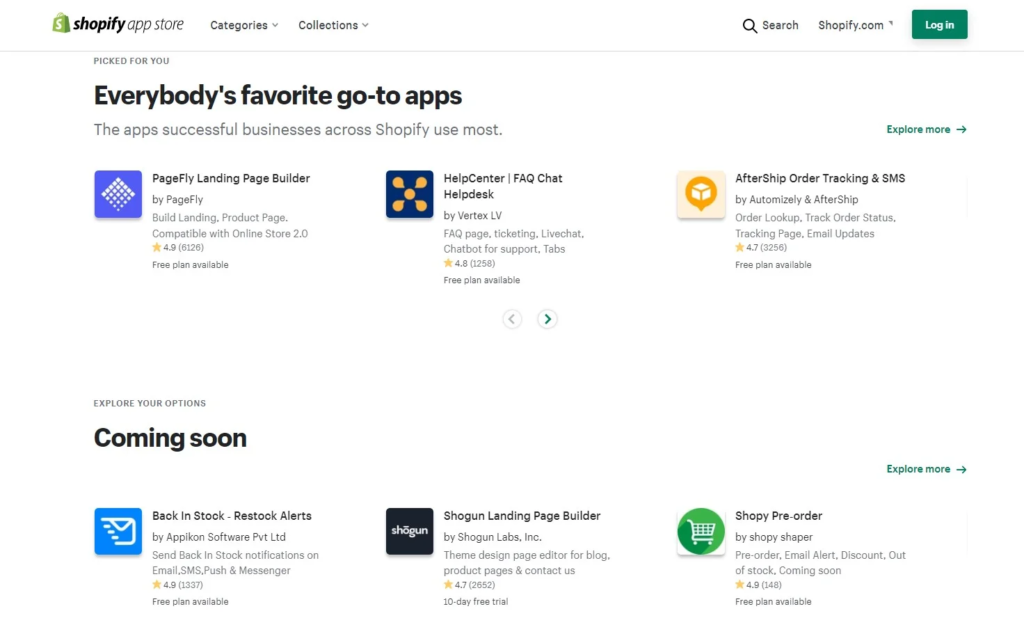
It cannot be denied that Apps are handy, useful, especially if you are not tech-savvy and have no prior experience with coding.
You may add more functionality to your Shopify website by installing apps that meet your needs. An e-commerce store owner, for example, can download a live chat app rather than create one from scratch.
However, be aware that these apps add load to your website, even if you are not using them. These apps have a lot of JS and CSS files that run in the background and negatively impact your Shopify page speed.
Therefore, it’s important to frequently review all of the apps that you are using. Then, there are two simple steps you can follow:
- Enable Shopify speed optimization apps or Shopify speed optimization app free and disable app features you no longer use or remove the ones that do not apply to your store. Make allowance for online store features and speed optimization.
- If you are deleting an app, think about removing any code that was added during the installation procedure. Some apps assist you in this procedure by enclosing their code in {% comment %} tags that include the app name.
Update/Download Speedy & Responsive Shopify Themes
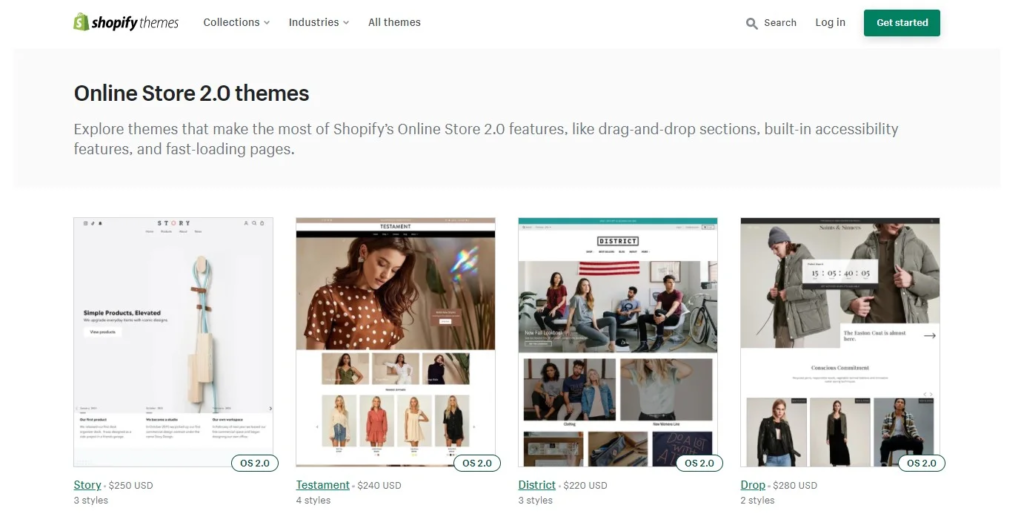
Shopify Themes comprises Liquid, HTML, CSS, and JavaScript code. These file sizes can grow as you edit or customize themes and eventually, affect your Shopify site speed, ultimately, leading to failed Shopify optimization.
Do You Want to Manage Multiple Marketplace Just by Single Person?
Of course you can! You can handle multiple stores from all marketplace just by single dashboard. Cut your Business’s cost, and Boost your Efficiency at the same time.
Harness AMP

Another solution for Shopify speed optimization is Mobile Accelerated Pages, or AMP, a standard framework that permits merchants to develop mobile-friendly web pages loading speedily.
Smartphones have evolved from a luxury product to a necessity in today’s fast-paced world. In this era of digital technology, people no longer use cellphones solely for communication, they take online classes, transfer payments, surf websites, go online shopping, and such.
Therefore, it’s high time that Shopify store owners consider AMP. Unless your website loads speedily or functions well on mobile devices, you might lose a bunch of prospects. Thanks to this framework, customers will be able to visit your website much more quickly.
Many apps such as 4-star ratings FireAMP or RocketAMP are available on the Shopify App store to assist you in creating AMP pages. Or else, you can consider building the Shopify API to develop these AMP pages. These apps would perfectly nail your question of how to speed up Shopify’s website.
Organize All Tracking Codes with Google Tag Manager
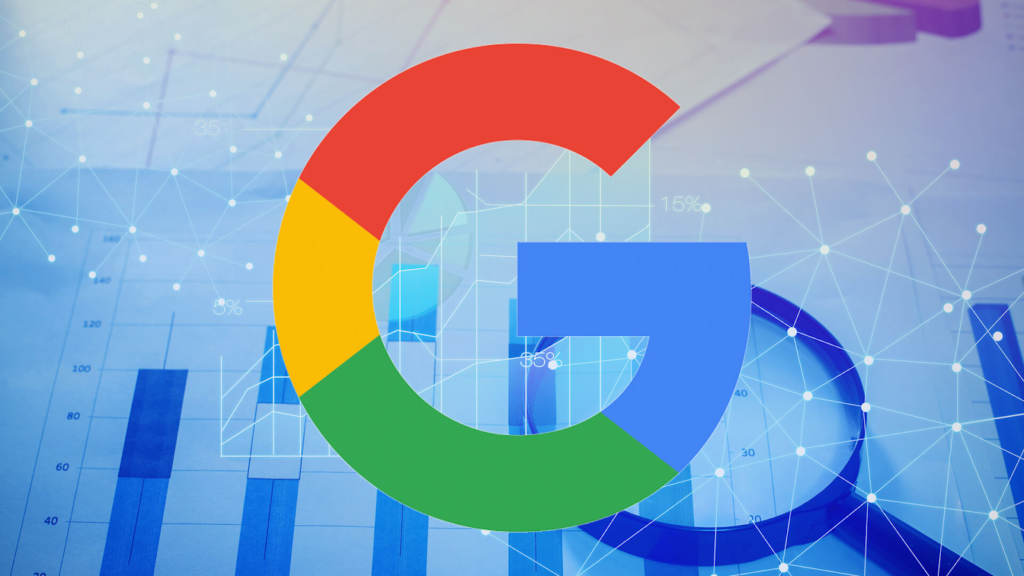
Data collecting from your site is necessary to get more insight into your clients’ behavior, but it can lead your website to slow down.
When you measure conversions, goals, and retargeting independently, all of those tracking tags add to the number of requests on your page, which might hurt its overall speed at the end. They can also prevent the page’s content from rendering if they aren’t done asynchronously.
You may condense all of your tracking tags into one JavaScript request using a management solution like Google Tag Manager. They allow you to handle various store tags with only one snippet of code. Check out this guide for further information on how to use Google Tag Manager with your Shopify store.
Read also: Setting up Your Shopify Store for the First Time? Easy!
Minimize Redirects & Broken Links
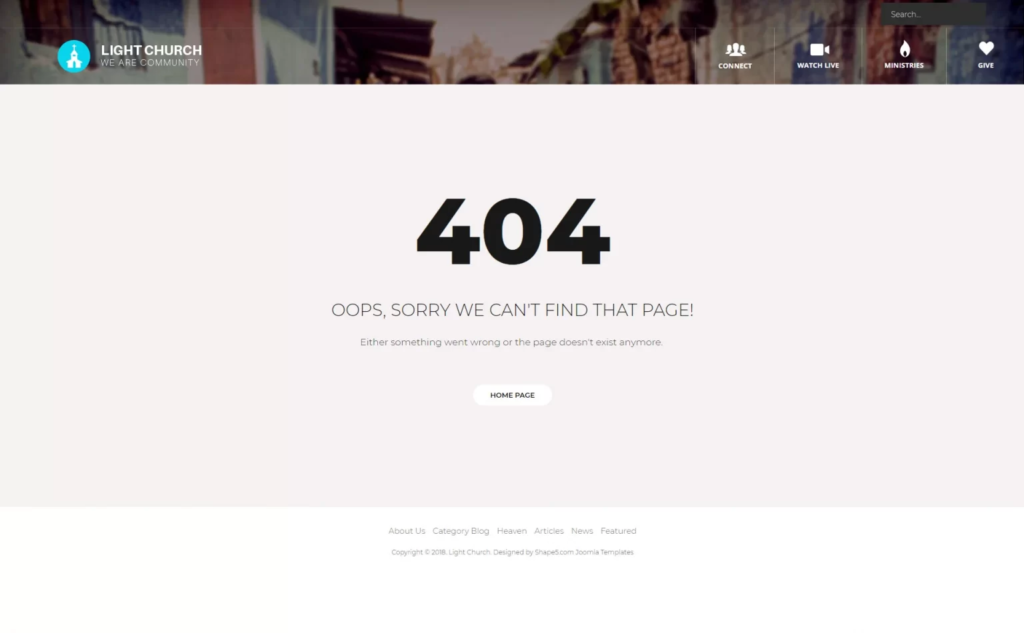
In order to conduct Shopify speed optimization, your site may happen to meet a bunch of redirects and broken links.
Check Your Store Speed Performance through Google Pagespeed Insights
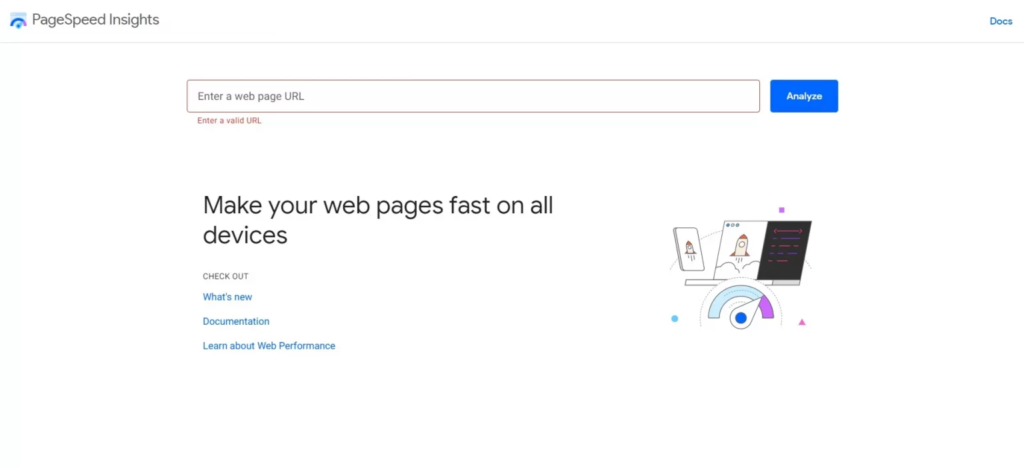
Before jumping to the solution, let’s answer a question: What is a good Shopify speed score? Your Shopify speed score is based on how well your store runs in a Google Lighthouse test environment (Shopify website speed test or store speed test). Over 50 is regarded as a respectable Shopify speed score, while over 70 is considered excellent!
Our recommendation to check your store performance is to use Google PageSpeed Insights to evaluate your web pages and find the parts of your website that increase the loading time, then work on the provided suggestions to minimize loading time and enhance website speed and performance.
Why Does Shopify Page Speed Matter?
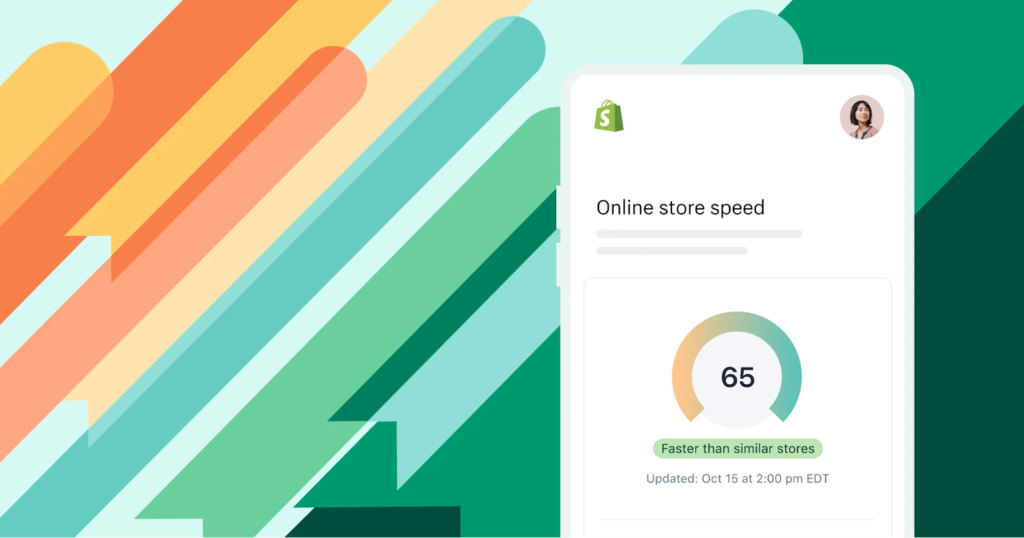
Shopify speed optimization course success depends on the speed of your website. And, with impending changes to Google search ranking in May 2021, online performance will become even more critical as a competitive advantage.
Read also: 15 Boutique Shopify Theme to Enhance Your Store Design
Conclusion
Shopify stores focus on making the shopping experience easier and richer for the customers. The features when not applied properly may lead to a slower website.
Join Ginee Philippines!
Having a website with high speed is a great way for you to optimize your online store, so you will give a nice UI/UX experience to customers, thus, they will be happy staying long scrolling through your website. But, besides of page speed, you also need ways to handle your online store in a easier way to maintain the stability of your business operations.
Relax, Ginee Philippines can help! With Ginee, you can manage products, stocks, orders, promotions, chats, and more in only a single dashboard. Join Ginee Philippines now FREE!
Upload Products to Shopee and Lazada Automatically! How?
Ginee product management allow you upload products to all of your online stores from all marketplace just once! Save time, save cost, save energy, join Ginee Now!


 Ginee
Ginee
 28-6-2022
28-6-2022



